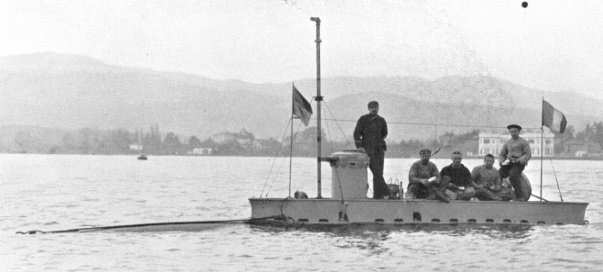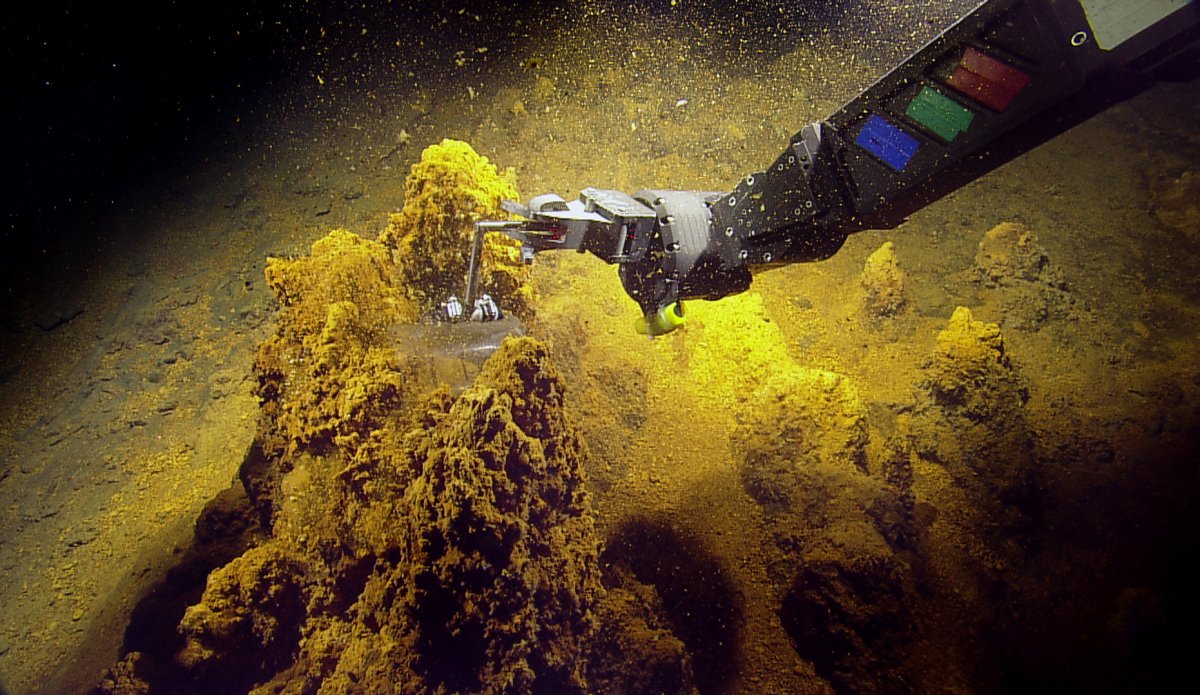
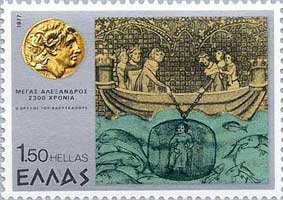

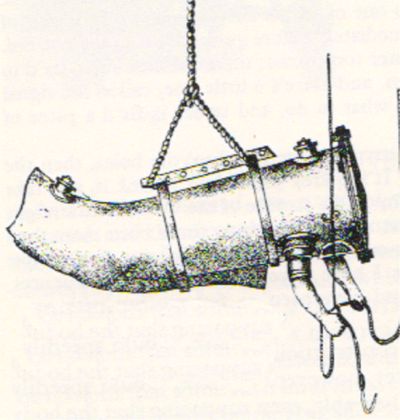
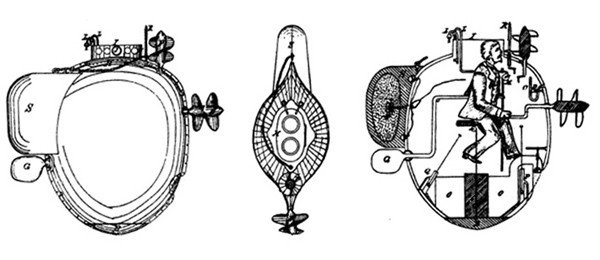
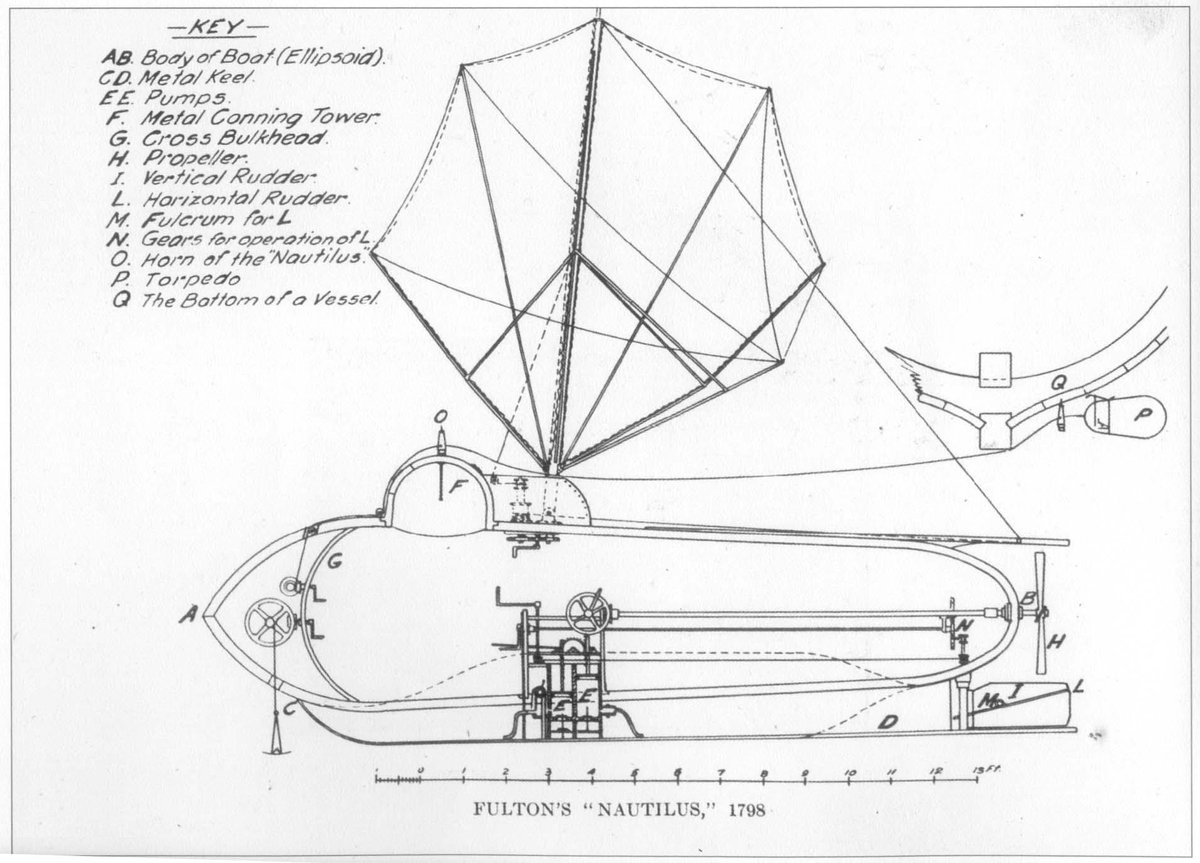

(Yes, 20 years of debate. I'd love to witness it.)
(Only 10 years have passed. Still 10 to go)
(Image from apl.washington.edu/projects/monte…)
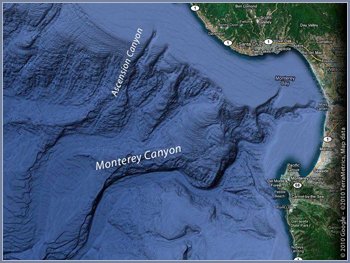
(25 years later. They've done it! Yes, life lives in the deep ocean!)

(Image: Plate from vol. 7 of the Report, by H. N. Moseley)
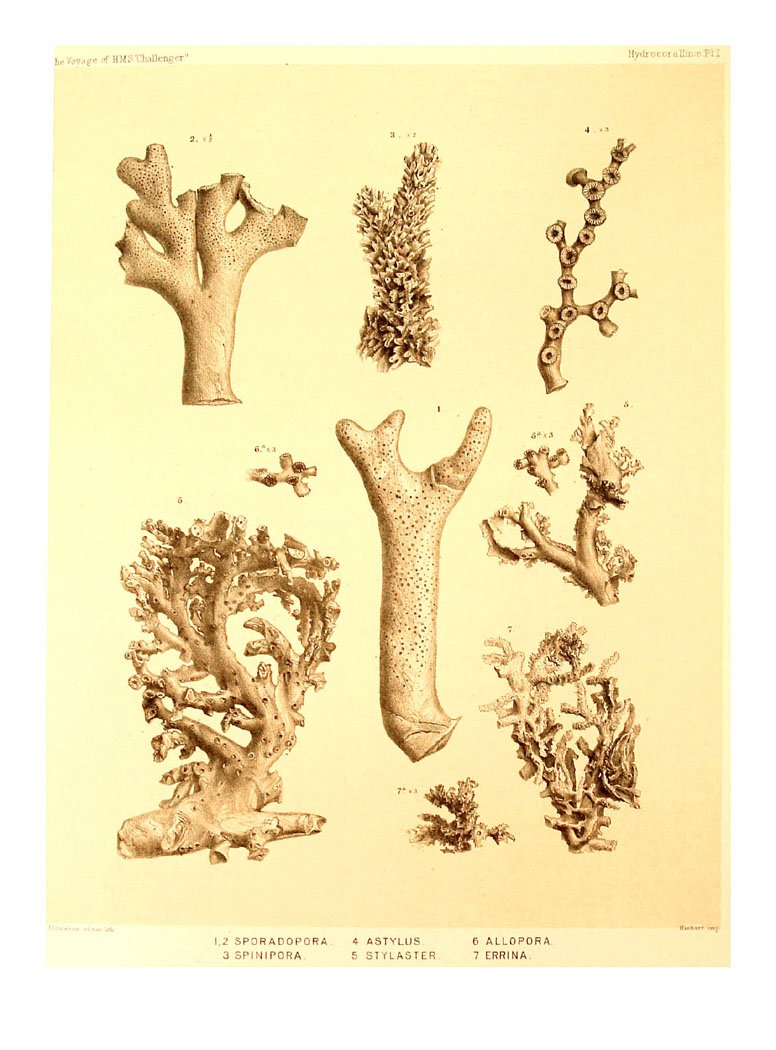
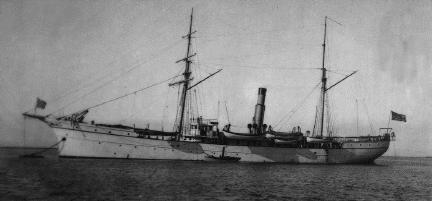
(Image c/o The Navy and Army Illustrated)
